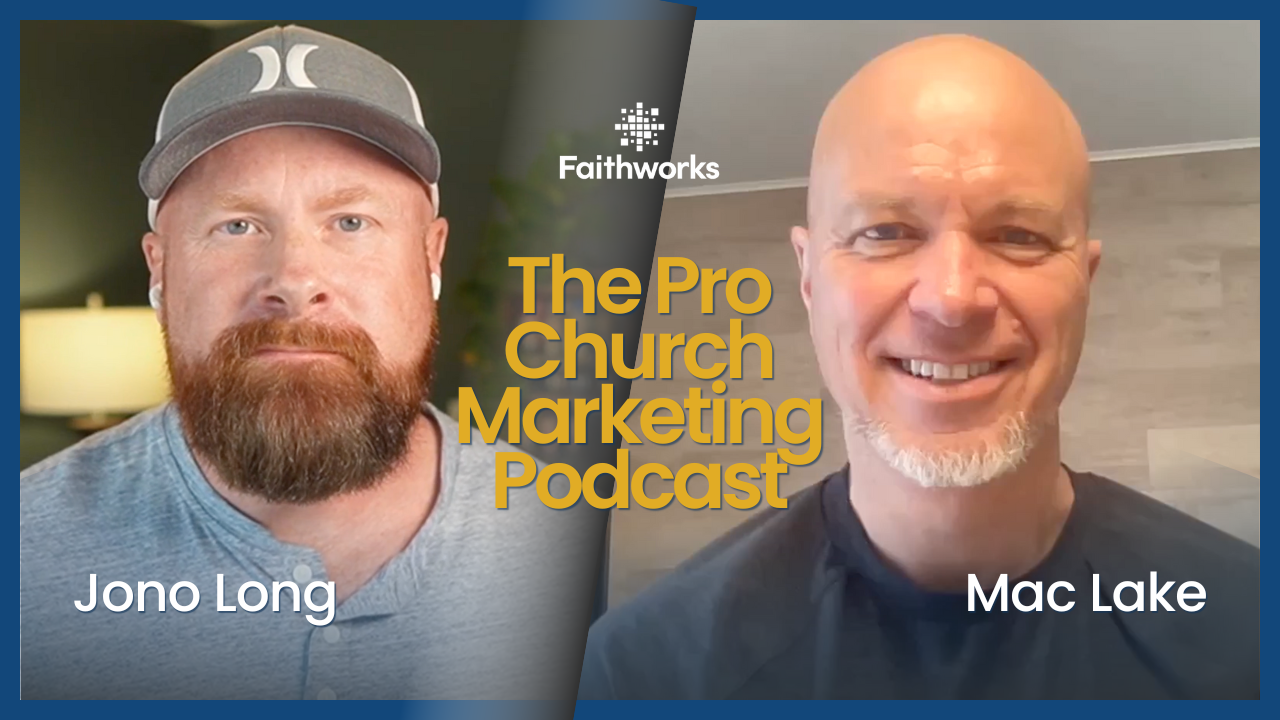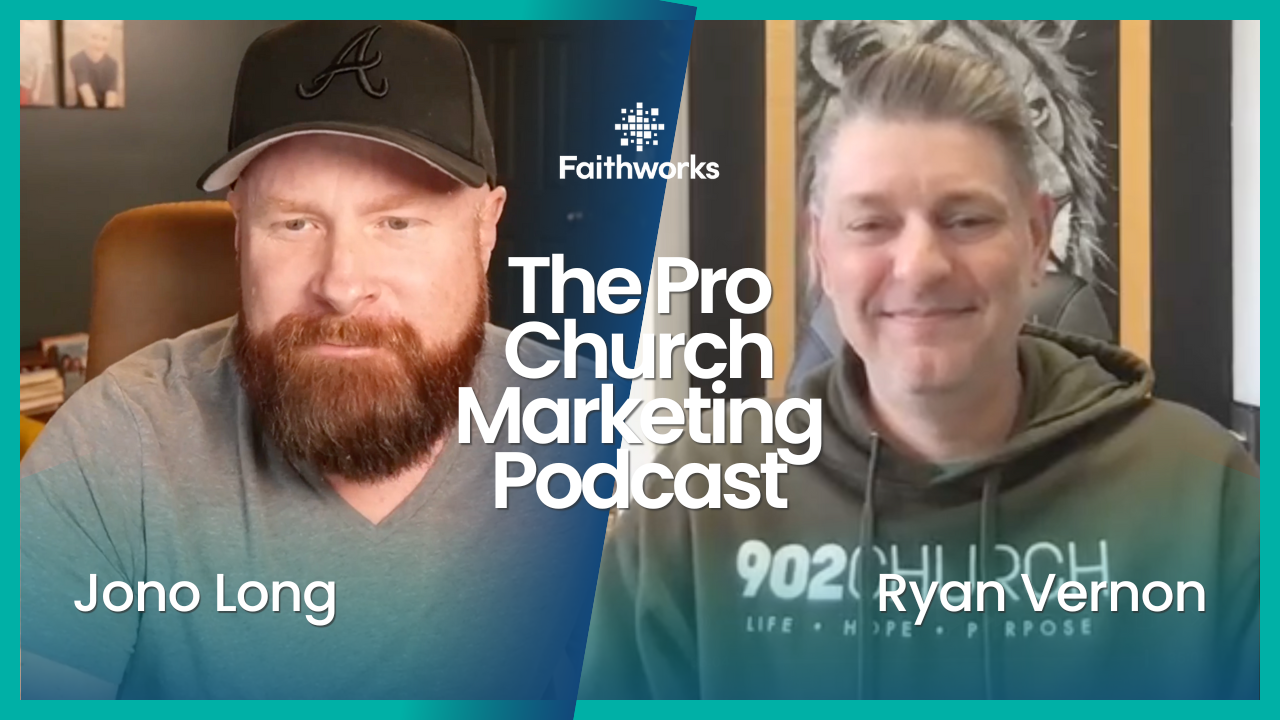From Social Media to SEO: Marketing Techniques for Churches
Any successful organization today, including churches, must now have a strong marketing strategy. Churches have a special chance to engage with their audience and share their message like never before with the help of social media and other digital channels.
However, with so many marketing techniques available, it can be challenging for churches to know where to focus their efforts.
This article will explore some effective marketing techniques for churches—from social media to SEO—and provide actionable tips for churches to implement these techniques in their marketing strategy.
Social Media Marketing
Businesses may now communicate with their customers and develop relationships via social media. Churches can leverage this platform to reach out to their community, share their message, and engage with their audience.
A vital aspect of social media marketing is consistency. Churches should post regularly and consistently to keep their audience engaged. They can also use social media to share inspiring stories, promote upcoming events, and share relevant news and information.
Another important aspect of social media marketing is engagement. Churches should interact with their followers by answering questions, distributing user-generated content, and responding to messages and comments.
Email Marketing
Email marketing is another effective way for churches to reach their audience. With email marketing, churches can share newsletters, updates, and event invitations directly with their subscribers.
This allows churches to build a more personal relationship with their audience and keep them informed about important news and events.
When creating email campaigns, churches should focus on providing value to their subscribers. They can share inspirational stories, provide tips and advice, and offer exclusive discounts or promotions.
Churches can also segment their email list to send personalized messages to specific groups of subscribers.
Search Engine Optimization (SEO)
The practice of improving a website for search engines like Google is search engine optimization (SEO). By optimizing their website for SEO, churches can increase their visibility online and attract more visitors to their websites.
An essential component of SEO is keyword research. Churches should identify the keywords that their target audience is searching for and optimize their website content around those keywords. They can also optimize their website structure, meta tags, and images for SEO.
Another important aspect of SEO is local search optimization. Churches should ensure that their website is listed on local directories and review sites and that their Google Business Profile is up-to-date and accurate.
This will help them rank higher in local search results and attract more visitors to their website.
Content Marketing
The process of producing worthwhile and pertinent information to draw in and engage an audience is known as content marketing. Churches can leverage content marketing to share their message, provide value to their audience, and build relationships.
Most organizations prefer blogging for content marketing. Churches can create a blog to share inspiring stories, provide advice and tips, and share news and information. They can also create video content, podcasts, and social media posts to engage with their audience.
When creating content, churches should focus on providing value to their audience. They should create content that is relevant to their audience's interests, needs, and pain points. They can also repurpose their content across different platforms to reach a wider audience.
Conclusion
Churches must remain consistent and provide value to their audience in their marketing efforts. By implementing a combination of these marketing techniques and continuously evaluating their strategy, churches can effectively market themselves and achieve their goals.
It is important to remember that marketing is an ongoing process, and churches should be willing to adapt and evolve their strategy to meet the ever-changing needs of their audience.
Revamp your online presence and attract more visitors to your church with Faithworks Marketing's
digital marketing for churches! Our team specializes in building and managing websites tailored to the needs of non-profits and churches across the United States.
With our expertise in digital marketing, we'll help you increase your online visibility and reach. Contact us today and grab the chance to grow your church community!
Latest Posts












